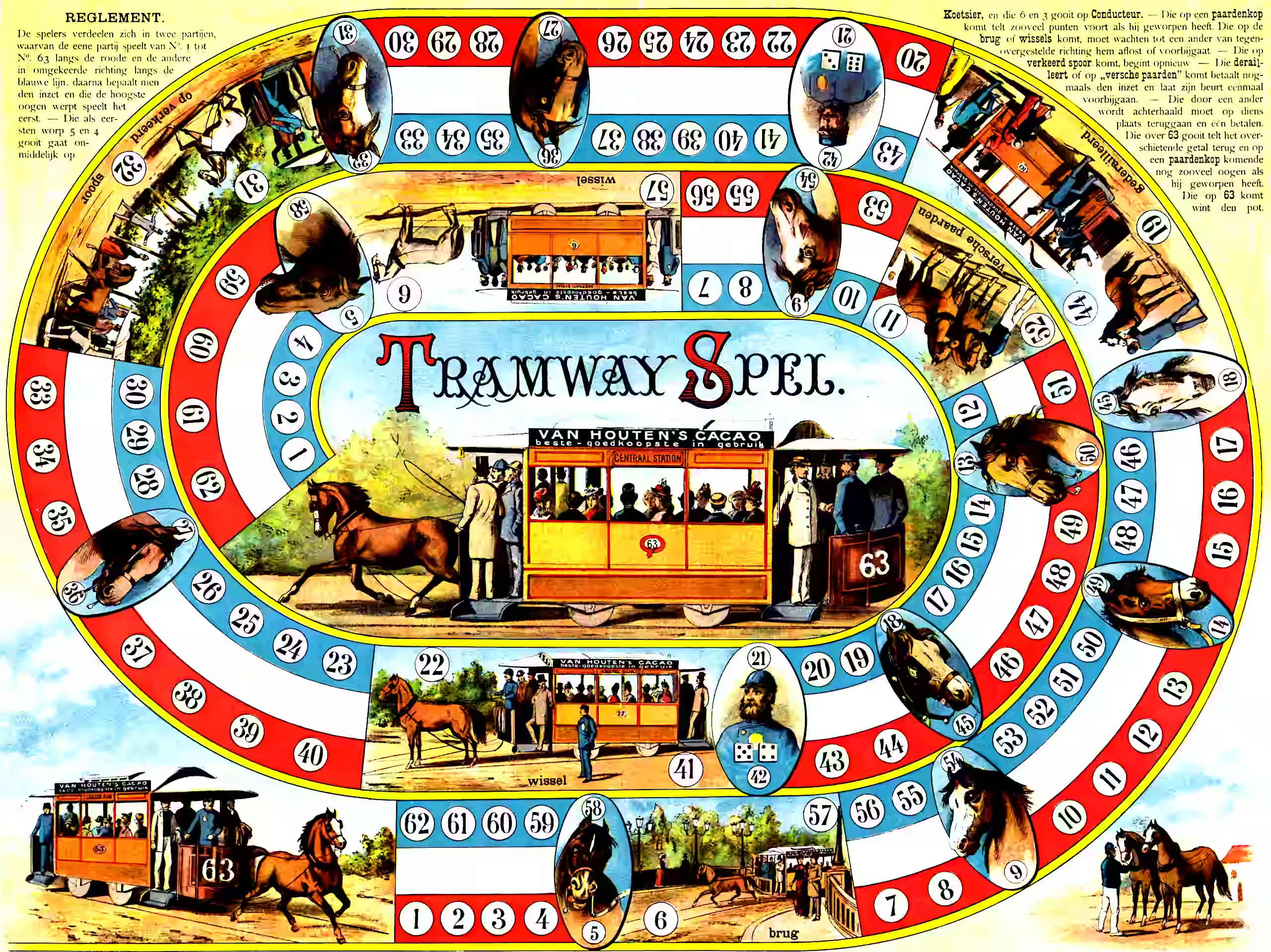Probabilistic numerics
July 13, 2023 — September 25, 2023
Probabilistic Numerics claims:
Probabilistic numerics (PN) aims to quantify uncertainty arising from intractable or incomplete numerical computation and from stochastic input. This new paradigm treats a numerical problem as one of statistical inference instead. The probabilistic viewpoint provides a principled way to encode structural knowledge about a problem. By giving an explicit role to uncertainty from all sources, in particular from the computation itself, PN gives rise to new applications beyond the scope of classical methods.
Typical numerical tasks to which PN may be applied include optimization, integration, the solution of ordinary and partial differential equations, and the basic tasks of linear algebra, e.g. solution of linear systems and eigenvalue problems.
As well as offering an enriched reinterpretation of classical methods, the PN approach has several concrete practical points of value. The probabilistic interpretation of computation
- allows to build customized methods for specific problems with bespoke priors
- formalizes the design of adaptive methods using tools from decision theory
- provides a way of setting parameters of numerical methods via the Bayesian formalism
- expedites the solution of mutually related problems of similar type
- naturally incorporates sources of stochasticity in the computation
- can give structural uncertainty via a probability measure compared to an error estimate
and finally it offers a principled approach of including numerical error in the propagation of uncertainty through chains of computations.
1 Questions
Connection to sparse GPs?
2 Incoming
Herding: Chai et al. (2019);Welling (2009).
Connection to ensemble Kalman methods?
